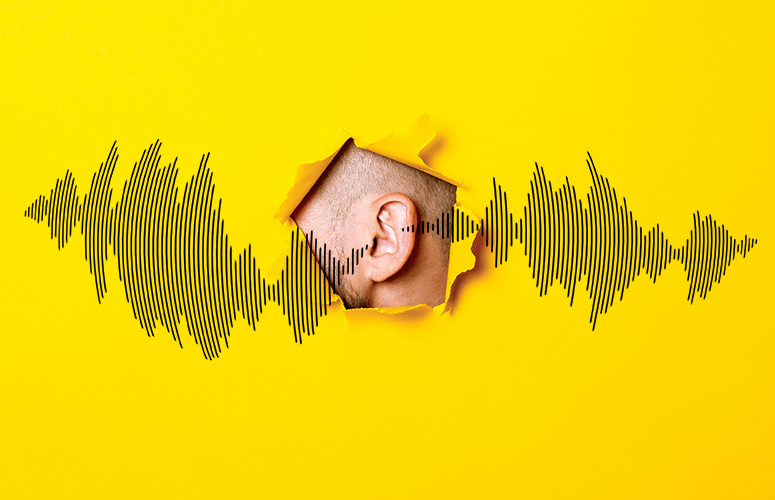
5 Key Facts About Tinnitus
On Oct 14, 2022Ear ringing, or tinnitus, is experienced by most people at some point in their lifetimes. In fact, more than 50 million Americans experience some form of tinnitus and about 20 million experience chronic tinnitus. While the ringing is commonly temporary and resolves itself, there are forms of tinnitus that can be long-lasting and signal underlying health conditions that require treatment. The ear ringing experienced from tinnitus is generated in the head rather than the environment. It can originate from multiple places in the body including the ear or brain itself and along the pathway between the ear and brain. The noise doesn’t have to be ringing or buzzing; it can also be a roaring, whistling or hissing sound.
In an editorial appearing in MerckManuals.com, David M. Kaylie, MD, MS, Duke University Health System, shares what people should know about tinnitus, including signs for when ear ringing should be evaluated and treated by a medical professional.
There Are Two Main Types of Tinnitus: Non-pulsatile (subjective) tinnitus and Pulsatile (objective) tinnitus.
Non-pulsatile is caused by abnormal activity in the brain’s auditory cortex responsible for processing sound. People with non-pulsatile tinnitus experience different noises including sounds, tones or static that can change in pitch or quality.
Pulsatile is vascular in nature and usually involves noise from the blood vessels near the ear. People with pulsatile tinnitus hear their heartbeat or pulse in the ear.
Hearing Loss and Aging Are Common Causes of Tinnitus. The most common cause of non-pulsatile tinnitus is hearing loss, but it can also be brought on by ear-related disorders or from exposure to loud noises. People with sensorineural hearing loss – irreparable damage to cells in the inner ear – often experience tinnitus because it’s how the nerves in the ear relay to the brain that they are injured. Pulsatile tinnitus is commonly caused by aging and changes in the body. As the body ages, blood vessels become less flexible, creating a noise as blood travels through them.
Tinnitus Can Be Treated or Suppressed. When tinnitus occurs with hearing loss, hearing aids can mask and even suppress it by amplifying sound in the ear. For persisting tinnitus without hearing loss, masking devices that provide background sound are a common first line of treatment. Another approach to treating tinnitus is removing a person’s emotional response to the sound through various therapies to help turn tinnitus into background noise and make it unnoticeable.
Some Forms of Tinnitus Require Medical Attention. Temporary tinnitus that is equal in both ears and dissipates after a few seconds is no cause for concern. If it persists or there are additional symptoms such as hearing loss, ear pain, dizziness or headache, a hearing test or audiogram is recommended to determine if there is hearing loss or other conditions that need to be addressed. Pulsatile tinnitus should be evaluated by an ear, nose and throat (ENT) doctor who can determine if imaging is necessary. Another warning sign is if tinnitus or hearing loss occurs only in one ear.
There Are Ways to Lower the Risk of Tinnitus. Always use hearing protection in loud settings or while using loud equipment like power tools or firearms, and limit your time around loud noises. Another easy practice is setting headphones to lower volumes when listening to audio.
To access more business news, visit NJB News Now.
Related Articles:





